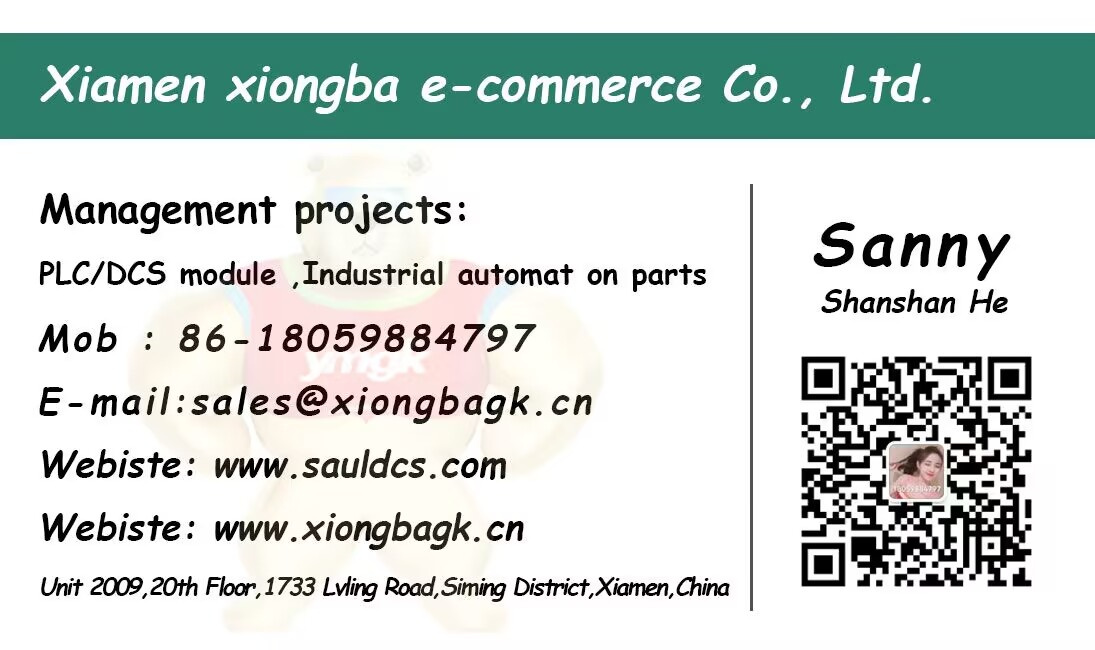可控硅(Silicon Controlled Recfier) 简称SCR,是一种大功率电器元件,也称晶闸管。它具有体积小、效率高、寿命长等优点。在自动控制系统中,可作为大功率驱动器件,实现用小功率控件控制大功率设备。它在交直流电机调速系统、调功系统及随动系统中得到了广泛的应用。
可控硅分单向可控硅和双向可控硅两种。双向可控硅也叫三端双向可控硅,简称TRIAC。双向可控硅在结构上相当于两个单向可控硅反向连接,这种可控硅具有双向导通功能。其通断状态由控制极G决定。在控制极G上加正脉冲(或负脉冲)可使其正向(或反向)导通。这种装置的优点是控制电路简单,没有反向耐压问题,因此特别适合做交流无触点开关使用。
可控硅是P1N1P2N2四层三端结构元件,共有三个PN结,分析原理时,可以把它看作由一个PNP管和一个NPN管所组成,其等效图解如右图所示。双向可控硅:双向可控硅是一种硅可控整流器件,也称作双向晶闸管。这种器件在电路中能够实现交流电的无触点控制,以小电流控制大电流,具有无火花、动作快、寿命长、可靠性高以及简化电路结构等优点。从外表上看,双向可控硅和普通可控硅很相似,也有三个电极。
但是,它除了其中一个电极G仍叫做控制极外,另外两个电极通常却不再叫做阳极和阴极,而统称为主电极Tl和T2。它的符号也和普通可控硅不同,是把两个可控硅反接在一起画成的。它的型号,在我国一般用“3CTS”或“KS”表示;国外的资料也有用“TRIAC”来表示的。双向可控硅的规格、型号、外形以及电极引脚排列依生产厂家不同而有所不同,但其电极引脚多数是按T1、T2、G的顾序从左至右排列(观察时,电极引脚向下,面对标有字符的一面)。





Thyristor is a P1N1P2N2 four layer three terminal structural element with three PN junctions. When analyzing the principle, it can be regarded as composed of a PNP transistor and an NPN transistor, and its equivalent diagram is shown in the right figure. Bidirectional thyristor: Bidirectional thyristor is a silicon controlled rectifier device, also known as a bidirectional thyristor. This device can achieve contactless control of AC power in circuits, controlling large currents with small currents. It has the advantages of no sparks, fast action, long service life, high reliability, and simplified circuit structure. From the appearance, bidirectional thyristor is very similar to ordinary thyristor, with three electrodes.
However, except for one electrode G, which is still called the control electrode, the other two electrodes are usually no longer called the anode and cathode, but collectively referred to as the main electrodes Tl and T2. Its symbol is also different from ordinary thyristors, which is drawn by connecting two thyristors in reverse. Its model is generally represented by "3CTS" or "KS" in China; Foreign data can also be represented by 'TRIAC'. The specifications, models, appearance, and electrode pin arrangement of bidirectional thyristor vary depending on the manufacturer, but most of its electrode pins are arranged from left to right in the order of T1, T2, and G (when observed, the electrode pins are facing downwards and facing the side marked with characters).
Copyright © 2022-2024 厦门雄霸电子商务有限公司 版权所有 备案号:闽ICP备14012685号-33